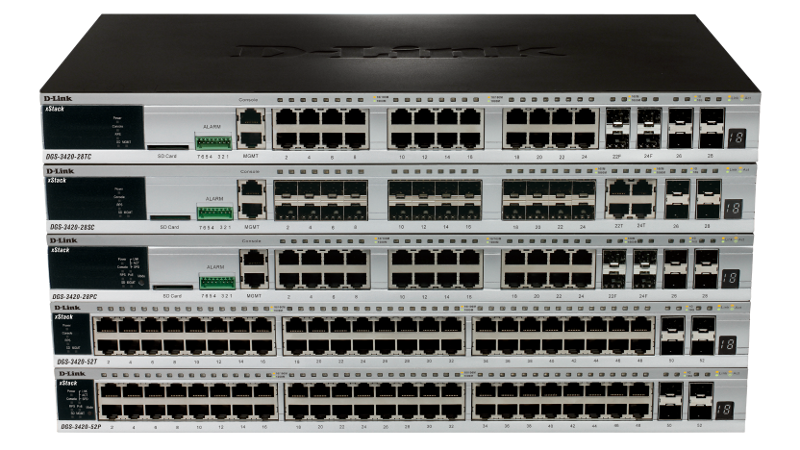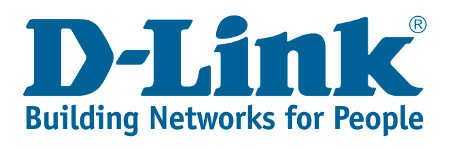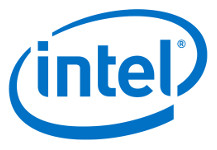
Networks
The cabling which interconnects your infrastructure is a bit like the nervous system of your business. Efficient design, quality components and expert installation are essential if your investment in hardware and software is to be fully realised.
With many years’ experience installing Category 5e, Category 6, Category 7 and even fibre optic cabling solutions for clients in both the private and public sectors, Impulse Computer Services is professional, friendly and helpful. It is essential that cabling can meet the growth of network traffic and we ensure your cabling infrastructure meets both the current and future demands of your business.
We can assist you from conception to inception to competion.
Benefits
- Use of high quality cabling and terminations throughout
- All work fully tested and guaranteed

Infrastructure Cabling Services
- Category 5e, 6, Cat 6a and Cat7 structured cabling design & installation service
- Fibre-optic cabling design & installation service
- Fault finding services
- Cabinet moves and upgrades
- Infrastructure cabling Audits
- Office moves and changes
- Wireless network design and installation service
- CCTV Cabling Systems/IP Cameras
- Voice links (Upcoming)
The network operates by connecting computers and peripherals using switches, routers, and access points. These devices are the essential networking basics that allow the various pieces of equipment connected to your network to communicate with one another, as well as with other networks.
Routers, switches, and access points perform very different functions in a network.
Switches
- Switches are used to connect multiple devices on the same network within a building or campus. For example, a switch can connect your computers, printers, and servers, creating a network of shared resources. The switch, one aspect of your networking basics, would serve as a controller, allowing the various devices to share information and talk to each other. Through information sharing and resource allocation, switches save you money and increase productivity.
There are two basic types of switches to choose from as part of your networking basics: managed and unmanaged:
- An unmanaged switch works out of the box and does not allow you to make changes. Home networking equipment typically includes unmanaged switches.
- A managed switch can be accessed and programmed. This capability provides greater network flexibility because the switch can be monitored and adjusted locally or remotely. With a managed switch, you have control over network traffic and network access.
Routers
- Routers, the second valuable component of your networking basics, are used to connect multiple networks together. For example, you would use a router to connect your networked computers to the Internet and thereby share an Internet connection among many users. The router will act as a dispatcher, choosing the best route for your information to travel so that you receive it quickly.
- Routers analyse the data being sent over a network, change how it is packaged, and send it to another network or to a different type of network. They connect your business to the outside world, protect your information from security threats, and can even decide which computers get priority over others.
- Firewall: Specialized software that examines incoming data and protects your business network against attacks.
- Virtual private network (VPN): A way to allow remote employees to safely access your network.
- IP phone network: Combines your company's computer and telephone network, using voice and conferencing technology, to simplify and unify your communications.
Depending on your business and your networking plans, you can choose from routers that include different capabilities. These can include networking basics such as:
Access Points
- An access point allows wireless devices to connect to the network. Having a wireless network makes it easy to bring new devices online and provides flexible support to mobile workers. Think of what an access point does for your network as being similar to what an amplifier does for your home stereo. An access point takes the bandwidth coming from a router and stretches it so that many devices can go on the network from farther distances away. But an access point does more than simply extend Wi-Fi. It can also give useful data about the devices on the network, provide proactive security, and serve many other practical purposes.



























